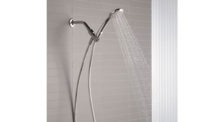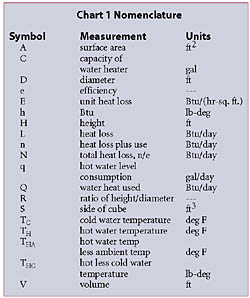
Thousands of people needlessly incur hot tap scald burns in the shower or bath each year. The treatment for scald burns is sometimes as bad as the injury, and the after effects go on for life. For the most serious cases, a civil liability for negligence often follows the injury.
The liability can be on the house or apartment owner, so explain to the owner on the next plumbing call, and make a friend. Liability can be on the plumber for setting the thermostat too high. Liability can be on the designer for not specifying safe conditions. Liability can be on the water heater manufacturer for failure to properly and sufficiently warn of the dangers of scald burn. Liability can be on the tempering valve manufacturer, if one is installed, if the valve does not fail safe. And on and on.
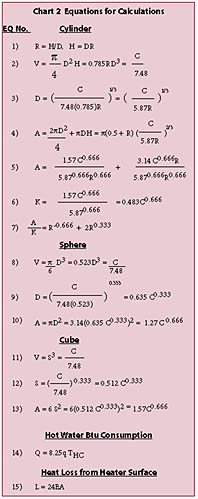
Another consideration is to carefully consider the design or selection of a water heater. The higher capacity of tank volume and shorter water heaters are best. Generally, the higher capacity and the preferred shape will reduce stacking, where the hottest water at the top of the tank is drawn first.
A secondary benefit to the capacity/shape considerations is that the energy consumption can, in some cases, be cut in half. The basis for the shape factor and some example energy savings are given in this article.
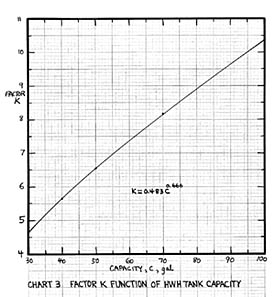
Thermostat Adjustment
Nearly all water heater thermostats are inaccurate and thus not acceptable for temperature reliance. Use of the owners manual for this purpose is also not reliable or sufficient. The water temperature at the point of use should be checked with a glass mercury thermometer, but a candy thermometer will suffice. The temperature should be taken once a day for about three or four days, with the thermostat adjusted accordingly each time. Multiple measurements are required for accuracy.The first few gallons may be at room temperature, so at least four gallons should be drawn before any measurement. The measurement should be taken in the flowing water and not measured in a container. When the hot water is caught in a bucket, and depending on the size and type of the container material, the results can be 20-30 deg. F cooler than the hot water temperature as it leaves an outlet or shower head.
The temperature of the hot water measured as described should not exceed 115 deg. F. Complete details and justification for this given temperature will be described in more detail in another article.
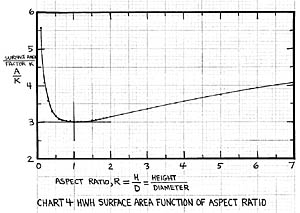
- 1. The risk of scalding decreases exponentially with water temperature. For example, the time to get third-degree scald burns varies from about one second at 160 deg. F, to 30 seconds at 130 deg. F, to 20 minutes at 120 deg. F, and to 10 hours at 110 deg. F for adults. The exposure time for each temperature can be cut in half for children or the very elderly.
2. The body temperatures are 98.6 deg. F core, about 97 deg. F on the finger surfaces, and about 96 deg. F on the foot surfaces. So a mixed water temperature of over 100 deg. F feels very "hot." The initiation of significant pain is about 103 deg. F, and the scream point is about 105 deg. F.
3. Very "hot" temperatures are not needed for clothes or dish washing, as is often claimed. Most of these appliances now already have heat boosters in the appliance as part of the design. How clean the clothes and dishes are after washing depends on the type and amount of soap and surfactant, rinse and agitation time, and soak times. So the need for residential hot water temperature over 115 deg. F is a fable.
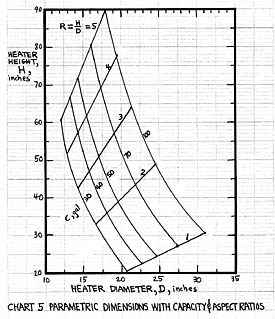
Water Heater Design/Selection
The major considerations to prevent or reduce water heater stacking are high volume and short heaters. The short heaters will also have less surface area, and consequently, less standby heat loss, as will be shown here.
Using the nomenclature in Chart 1, the heater geometry and other equations were developed as shown in Chart 2. The use of the K factor as defined and graphed in Chart 3 makes the other little equations easier to handle. The outside heater surface area using the K factor is shown in Chart 4. This shows that the optimum A/K value is at an aspect ratio, R, heater diameter divided by height, of unity for minimum heater surface area.
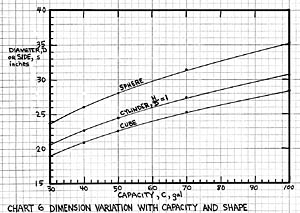
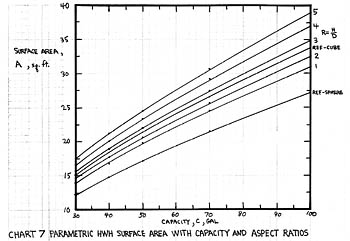
Unit/Heat Losses from Heater Surfaces
The ASPE heat loss for uninsulated and insulated tanks as a function of the temperature difference between the hot water in the tank and the ambient or surrounding air temperature is shown in Chart 8. Data points are shown, and the equations for a straight line through the two sets of data points are also shown on the graph. The unit heat losses are listed in terms of btu/(hr-sq. ft.).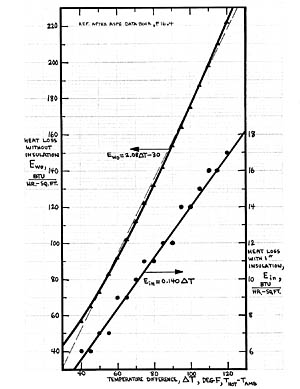
Available Water Heaters
The data from a couple of water heater catalogs were used to plot the data given in Chart 9. This shows that most residential heaters have an aspect ratio in the range of about 2.3 to 3.8, with a few exceptions meant for special purposes.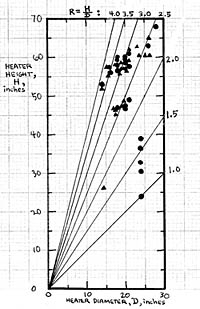
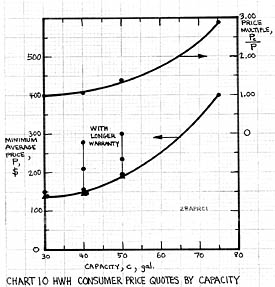
Energy Efficiency
To demonstrate the possibilities, three sets of specific conditions and their results are given in Chart 11. To our knowledge, a 50-gal tank is not presently available with an aspect ratio of one--though there ought to be one.
I have an ordinary 50-gal heater in the attic of my home, and any aspect ratio of heater could be put there. The attic would not really prefer any particular geometry of heater.
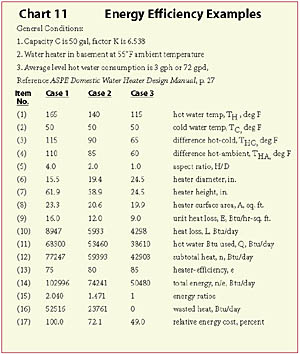
After going through the numbers using the equations (or graphs) described above, the bottom line of Chart 11 tells a story. The data was normalized so that the energy cost for the owner of Case 1 is 100%. On that basis, the energy cost for the owner in Case 2 is 72% of that for Case 1. The owner in Case 3 laughs all the way to the bank with his monthly energy cost for heating water of only 49% of that in Case 1.
